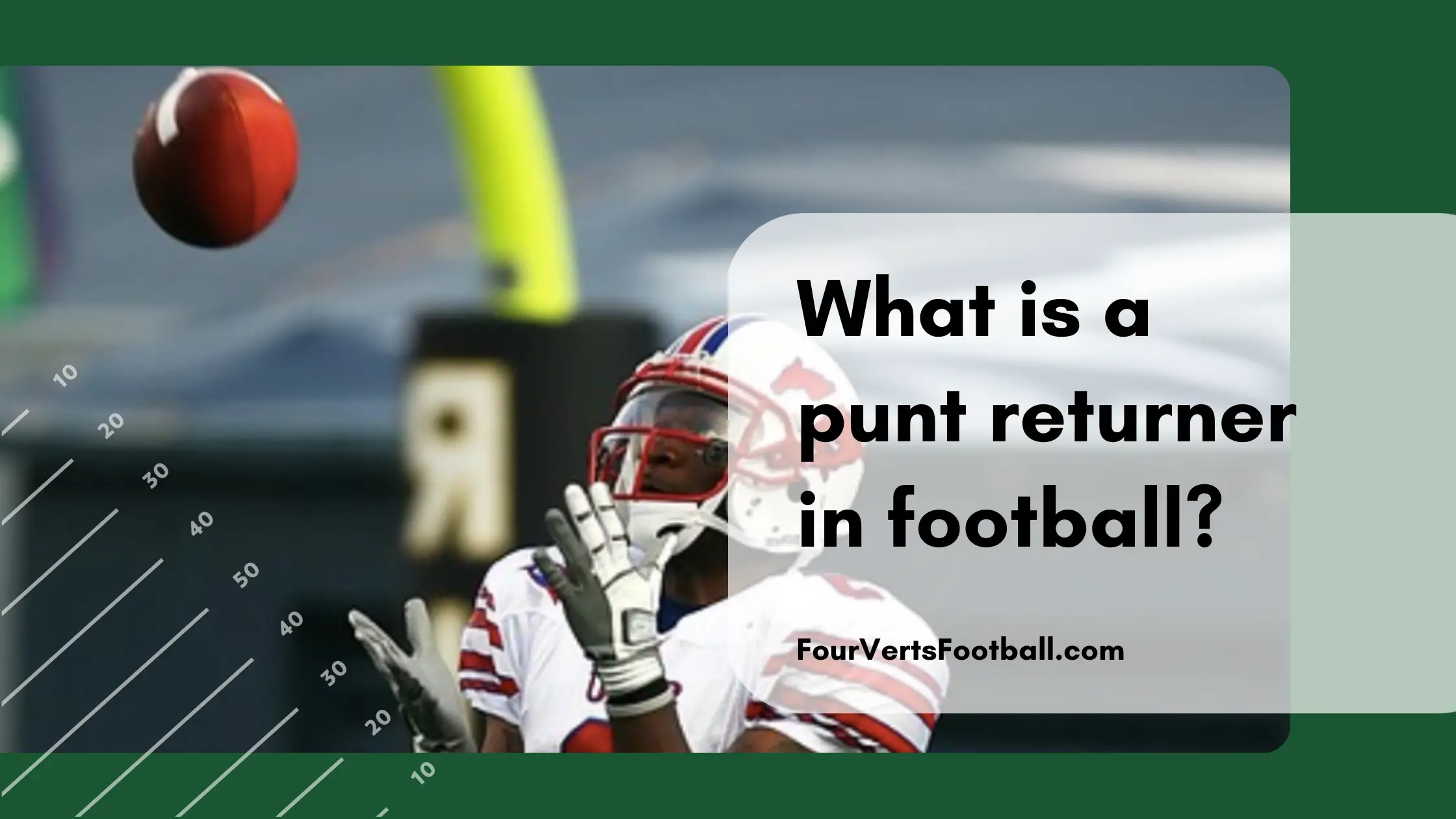In football, a punt returner is a special teams position that is tasked with catching and returning punts from the opposing team. Most punt returners also play other positions on the team.
This position requires a large amount of speed and agility which is why this job is often given to wide receivers or running backs.
Responsibilities
Returning Punts
Returning punts is of course the main responsibility of punt returners. On a punt the returner will have to track the ball down in the air, catch and it run towards the other teams endzone.
After catching the ball the opposing team will be attempting to tackle the returner. At this point the returner will attempt to avoid the tackles and progress the ball as far forward as possible.
On most punt returns the returner will only gain a few yards. Though every once and a while they can break away for a touchdown. This can make the position of the punt returner quite important.
Calling The Catch
Calling the catch is another important aspect of this position. When the ball is approaching the returner he can choose to return the ball or call a fair catch.
When a fair catch is called the receiving team will start their possession from the location where the ball was caught. If a fair catch is not called the returner will catch the ball and the receiving team will start from wherever the returner is tackled.
The returner will determine if he should call a fair catch based on his chances of getting a big return. If the opposing players are close enough to tackle him a fair catch will be called. This is because his return would not go any further and a tackle increases the chance of a fumble occurring.
Encouraging Touchbacks
One more responsibility of a punt returner is to try and encourage touchbacks. If punt goes through the endzone it is called a touchback and the receiving team will start from the twenty-five-yard line.
Gunners are able to catch the ball themselves on a punt. Wherever the punting team catches the ball is where the receiving team will start. For this reason returners work to not allow the opposing team to down the ball near their endzone.
This may require blocking of the gunners by the punt returner. Or it may require a punt returner pretending to catch the punt on the opposite side of the field in order to mislead the opposing team of the balls where abouts.
Attributes
Speed
Argueably the most important attribute of a punt returner is speed. Not only do you need a good top end speed as a putn returner but you also need great acceleration. On most punt returns you will only take a couple steps, meaning acceleration is very important.
If a player is looking to find sucess as a punt returner speed is crucial.
Vision
Vision is another incredibly important aspect to the return game. Once you catch the ball you will see eleven players coming down field to tackle you. At this moment a returner must have the vision to read his blockers and find where the open space is.
You will find that all elite punt returners have incredible vision of the field and always know where to go next.
Hands
Having soft hands or “good” hands is another key factor in playing this position. If a ball touches a punt returner and is not caught it is then ruled a fumble. This means that any player on the opposing team can pickup the ball.
A turnover on a punt is not only a loss of possession but typically a fifty yard gain by the opposing team. For this reason it is very important that a punt returner has soft hands.
Build
The build of a punt returner is very similar to that of a wide receiver. Though in most cases punt returners are not very tall. a typically punt returner will look like a slot receiver or scat back.
These players are typically shorter, not particularly bulky and tend to have little to no body fat.
Concluding Thoughts
We hope that you enjoyed this guide to understanding punt returners in football. If you have any questions regarding this football position let us know. We are happy to answer any questions you may have.

